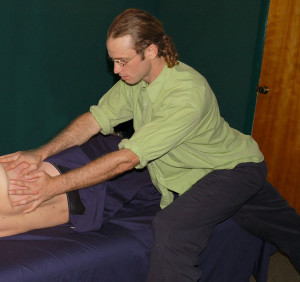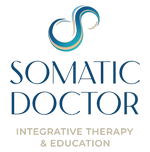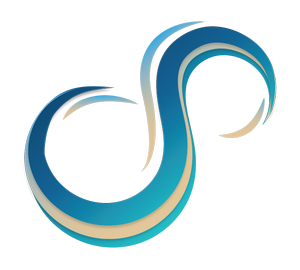Structural Integration
Structural Integration
THE BASIC TEN SERIES
 The sequence can be understood in three parts: The first three sessions (1-3) address the most superficial fascial planes of the body’s major segments, the next four (4-7) attend to the deep, intrinsic layers, and the final three (8-10) blend and coordinate the results from previous sessions.
The sequence can be understood in three parts: The first three sessions (1-3) address the most superficial fascial planes of the body’s major segments, the next four (4-7) attend to the deep, intrinsic layers, and the final three (8-10) blend and coordinate the results from previous sessions.
The Basic Ten Series offers a lasting foundation, which many people are satisfied with. However, some clients wish to explore the work further and return for post-ten “tune-ups” or Advanced Series.
HOW IT WORKS:
SESSION 1: The torso and hips are mainly worked on in this hour to free major restrictions. Benefits include greater mobility in the pelvis and expansion in the rib cage for deeper breathing. This increases overall vital capacity and prepares the body for subsequent work.
SESSION 2: This hour focuses on the legs and feet as well as the back to create a more stable base of support. Here, the function of the arch is enhanced and the spine begins to decompress.
SESSION 3: The sides of the body as well as the arms are addressed in this hour to encourage symmetry and depth along the lateral line, and to provide length between the pelvis and the rib cage. Together these first three sessions raise one’s awareness about WHERE THEY ARE.
SESSION 4: The purpose of this hour is to establish more internal support by organizing the inner legs between the ankle and the pelvic floor. This work further improves posture whether standing or sitting, as it begins to address the deeper restrictions around the spine.
SESSION 5: Core balance is still a goal of this hour as the abdomen and deep hip flexors are worked to offer more length along the front of the vertebral column. A balanced connection between the legs, pelvis and torso will contribute to a more fluid gait.
SESSION 6: In this hour, although the entire back of the body is examined from head to toe, the sacrum (tail bone) is the focal point. Emphasis is placed on distinguishing this bone from its pelvic restrictions, allowing it to become a more functional part of the spine.
SESSION 7: The core work is completed in this hour with attention to the cranium. Here, the muscles of the neck and shoulders are balanced to relate the head and neck to the rest of the spine. Specific consideration is given to the facial structures and the rhythms of cranial movement.
Together, Sessions 4-7 raise one’s awareness about WHO THEY ARE.
SESSION 8: Usually lower body integration is the intention of this hour. The goal is to more broadly address the structural and functional relationships between the feet, legs and pelvis as a whole. Consideration is given to how the lower girdle relates with the upper girdle.
SESSION 9: Within the focus of this hour, upper body integration is usually indicated. As a whole, the shoulder girdle and limbs are organized for upper body support. Attention is placed to how the upper girdle relates to the lower one.
SESSION 10: The theme of this hour is closure. The central aim is to bring the client to the most comfortable place in their body, given the changes that they have experienced. This amounts to some fine tuning around the outermost layers – with emphasis placed on horizontalizing the joints, relating the major weight-bearing segments to each other, finding dynamic stability, and bringing “the line” into action.
Together these sessions raise one’s awareness about WHERE THEY ARE GOING, and the relationship of “being and doing.”
The Rolf Method is a profound process of body transformation and personal growth.
Confidential Questionnaire
Confidential Questionnaire (.doc 25.3kb)
Structural Integration Confidential Questionnaire (.pdf 21.9kb)



